The London Underground Map is a global icon of graphic design. Yet its creator, engineer Harry Beck, spent years refining his creation with little financial reward.
Attempts to design an Underground Map began as early as 1908. As London expanded this endeavour became more difficult. Bearing in mind that London is an amalgamation of villages, not a simple grid or radial city like New York or Paris, creating a functional map was challenging.
Harry Beck was painstaking in his endeavours to provide London Tube passengers with a map of the Underground which would make it easy for them, whether regular users or strangers to the city, to get to their destinations with ease.


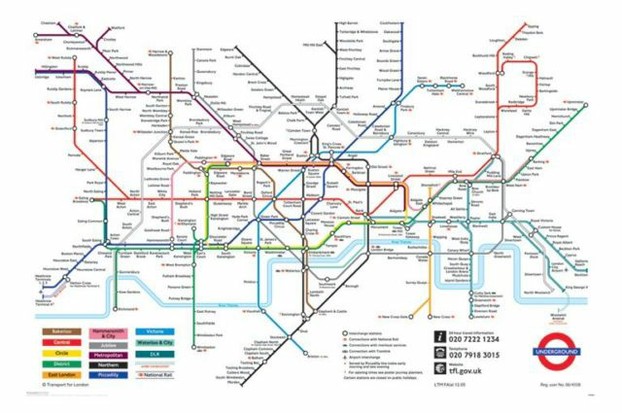
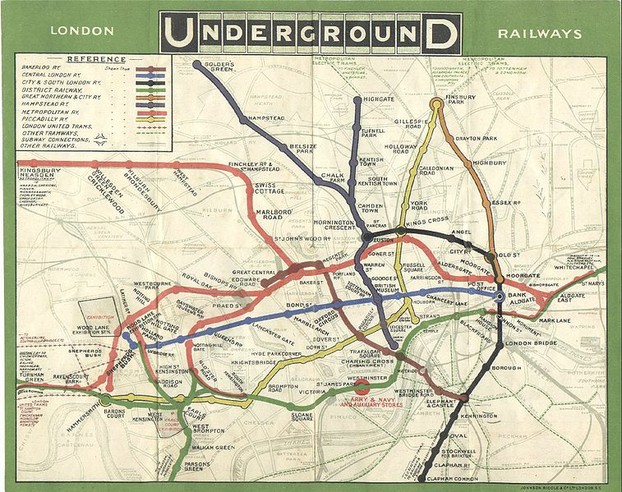
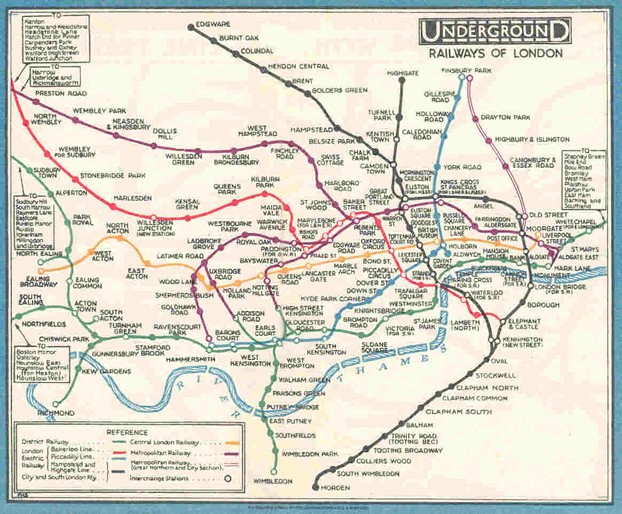
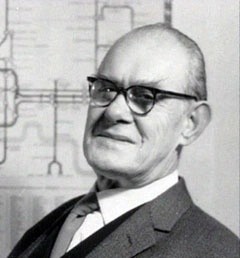



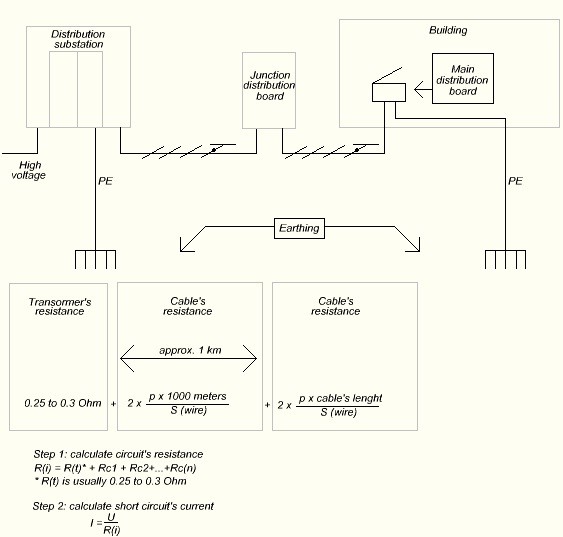
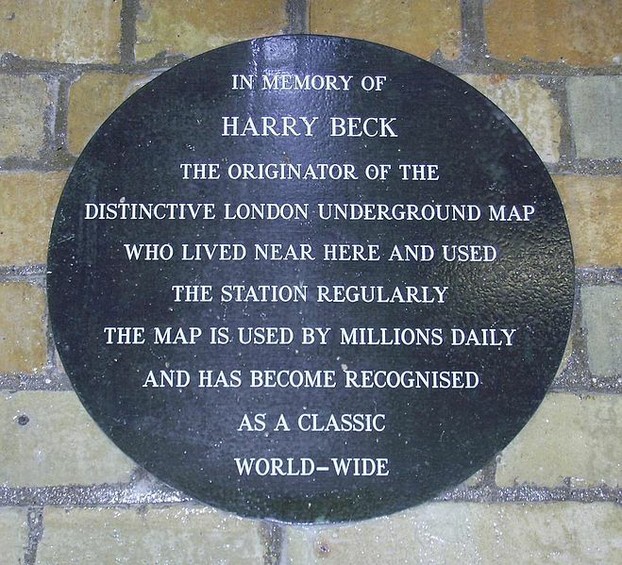
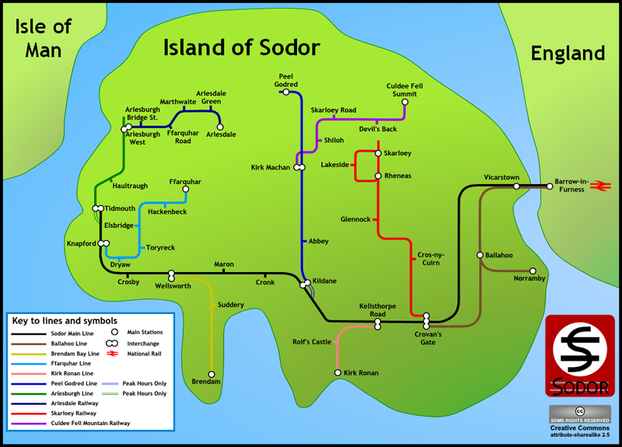
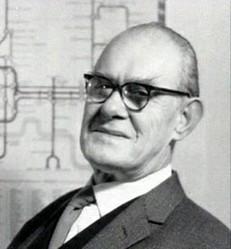

 How to Choose a Walking Cane or Stickon 08/01/2014
How to Choose a Walking Cane or Stickon 08/01/2014
 Michael Miller Fabulous Fabric Swatches for Quilting, Crafts etcon 07/02/2014
Michael Miller Fabulous Fabric Swatches for Quilting, Crafts etcon 07/02/2014
 The Drama of Life in the Rock Poolon 06/08/2014
The Drama of Life in the Rock Poolon 06/08/2014
 The Flâneur - Symbol of Modernity in 19th Century Parison 05/09/2014
The Flâneur - Symbol of Modernity in 19th Century Parison 05/09/2014

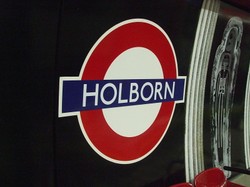
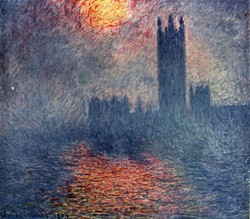
Comments
Thanks Rupert. Yes - it's really sad that he made nothing from it. Now you can buy boxer shorts with it on...
Nicely done Kathleen. I wonder how much has been made off the design by others stealing Beck's design.